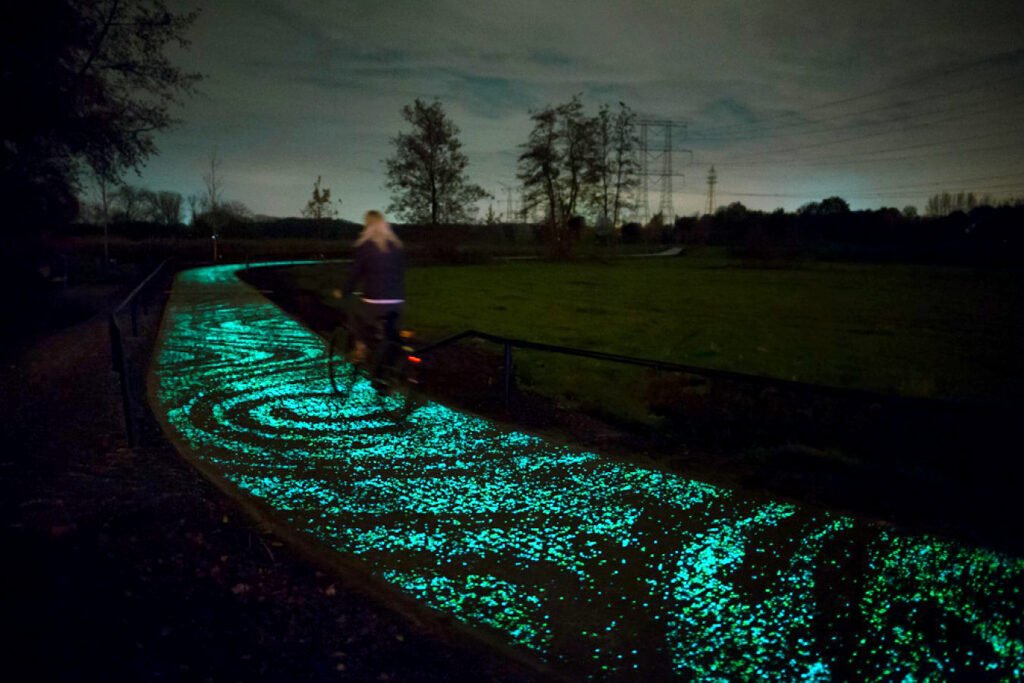But what exactly does light pollution mean? Will a starry sky become a luxury?
Five hundred years ago, if we could have looked at Earth from above, cities would have appeared as dark as tropical forests.
Things are no longer the same today. With lighting accounting for over 20% of global energy consumption, this alone is reason enough to stop using it recklessly and without awareness.
If we also factor in carbon emissions, we can understand why France has mandated turning off lights at night (1 a.m. – 7 a.m.) for office buildings, shops, and institutions, with the goal of reducing carbon emissions by 250,000 tons per year. The impact of this measure will be felt in two years, when, according to estimates, the country’s annual bill will drop by €200,000,000. This will also reduce the footprint of artificial light on the Parisian sky, helping the city truly live up to its name as the City of Lights.
So, what does light pollution really mean? Most people define it as artificial light directed where it is not needed. This includes poorly designed street lighting, bright advertising screens that shine into homes, streets, and drivers’ eyes, and the brightly lit office buildings and store parking lots that make night look like day—even though no one is using that excess light.
Beyond the two obvious problems—high energy consumption and carbon emissions—there are other issues, less visible but just as harmful. These include health problems in humans and damaging effects on flora and fauna. Not to mention the fact that we can no longer observe a starry sky, not even with the naked eye, nor from astronomical observatories.
The lights of Los Angeles are visible from an airplane more than 300 kilometers away. That’s as if you could see Bucharest from Târgu Mureș. Similarly, in Iceland’s capital, Reykjavik, the Northern Lights are no longer visible.
Due to artificial light (from streetlights or electronic devices), people are deprived of total darkness, which, over time, leads to health problems. Artificial light also threatens the lives of migratory birds each year, disrupting their timing and causing them to leave too early or too late. Trees and plants are affected because they no longer respond properly to seasonal changes. And from there, a domino effect follows, as entire ecosystems depend on tree life.
Solutions are beginning to emerge, though for now, only in isolated cases. Experiments so far include phosphorescent trees, light-emitting algae, glow-in-the-dark asphalt, the use of bioluminescence (light produced by living organisms like fireflies, fish, fungi), and green energy. The most widely used solution currently is smart lighting, which uses sensors and adjusts light intensity based on activity in the area.
The first road in the world that is visible thanks to glow-in-the-dark asphalt is in the Netherlands, in the city of Nuenen. The road was designed by Dutch artist Daan Roosegaarde, who is deeply involved in the issue of light pollution.

Roosegaarde’s road is called The Van Gogh Path, in memory of the artist’s painting Starry Night. The asphalt charges in the sun and glows for 8 hours in the dark. There are also plans to integrate temperature sensors that, when snow is imminent, will cause snowflake-shaped lights to appear on the road. For now, the path is reserved for cyclists and pedestrians.
Another interesting project in this field is by Korean artist Koo Jeong-A, who in 2008 designed a glowing skate park, made from phosphorescent stone, that lights up at night.

Recently, the European Union asked major energy companies to pay for their carbon emissions, though for now this has only resulted in higher energy prices.
One overlooked aspect of light pollution is the disappearance of what we once called a starry sky. No one knows what will happen if city lights are misused and whether we’ll still be able to see the stars and the magic of darkness. Will we value Van Gogh’s works more? Will new artworks depict a pale, glowing sky where the only movement is the trail of a passing plane? Will we forget what the Milky Way looks like?
Will a starry sky become a luxury?
We can no longer relate to those who became creative in such moments. A natural setting made of darkness and natural light can be a source of inspiration for painting, literature, and philosophy. Van Gogh painted Starry Night in Saint-Rémy, France. Today, the Milky Way is no longer visible from there.
